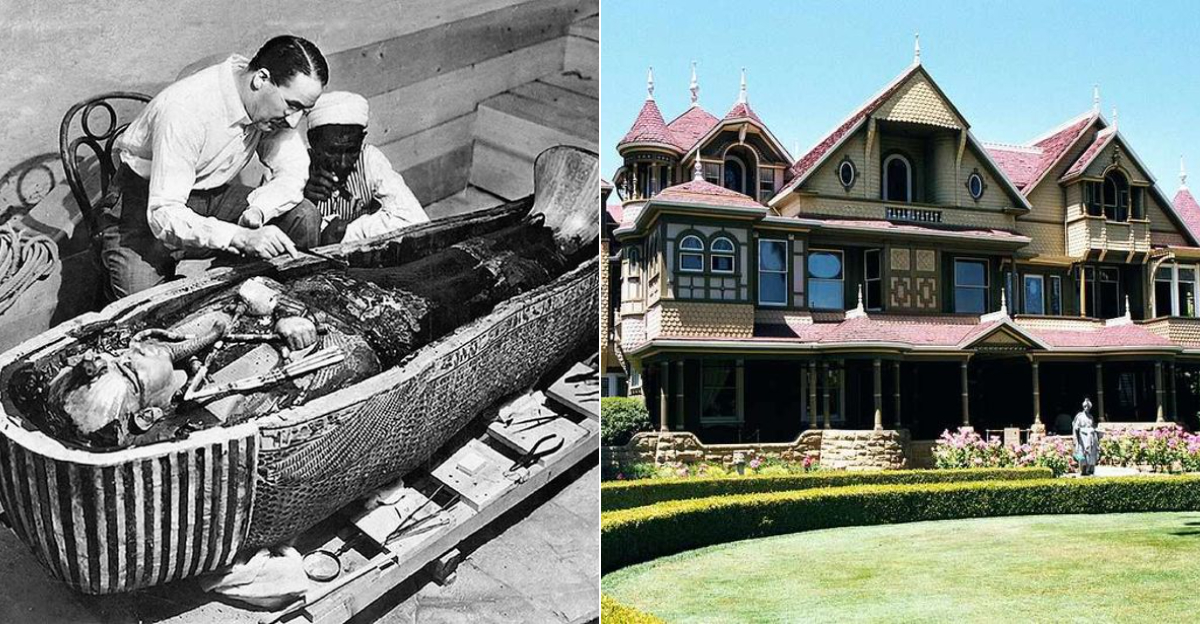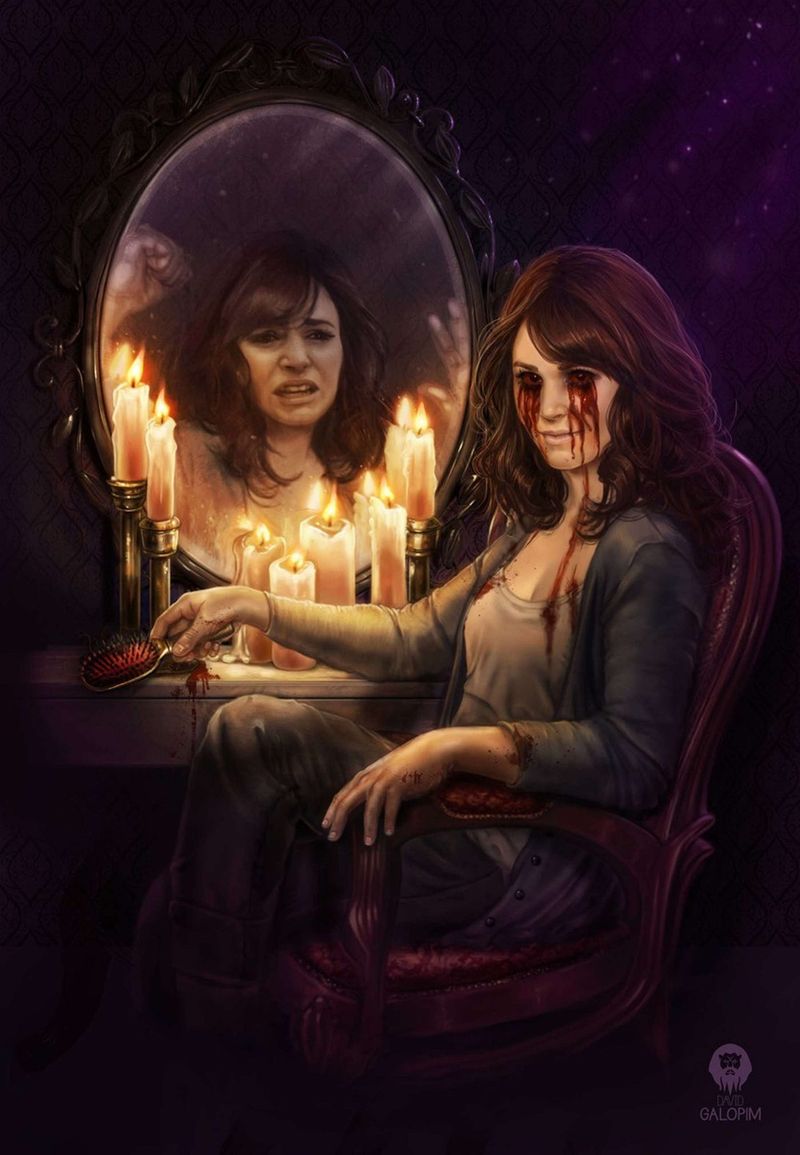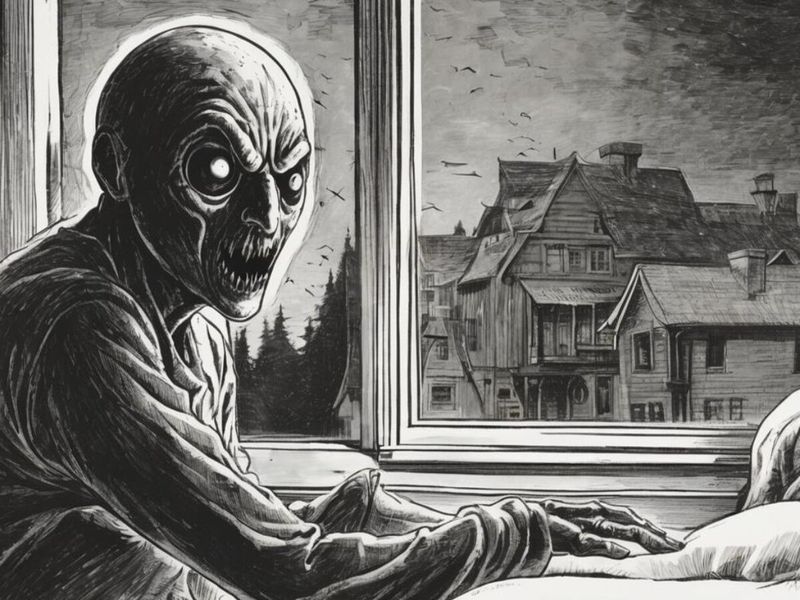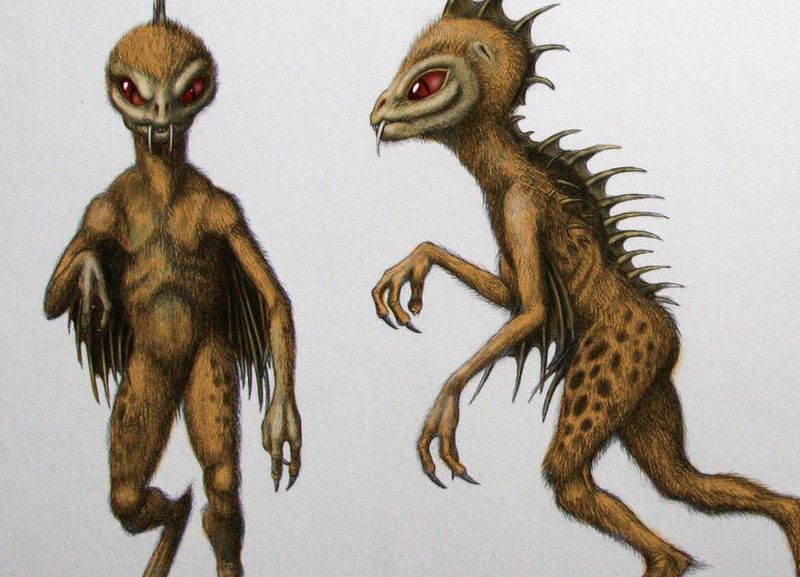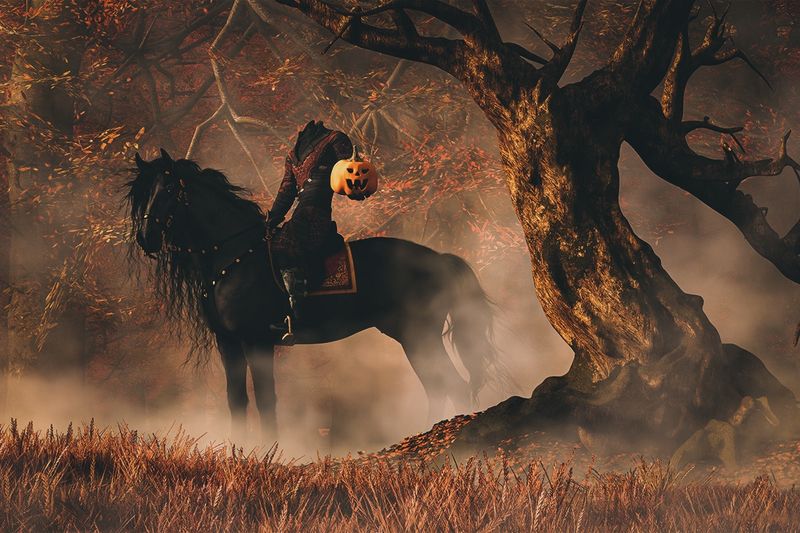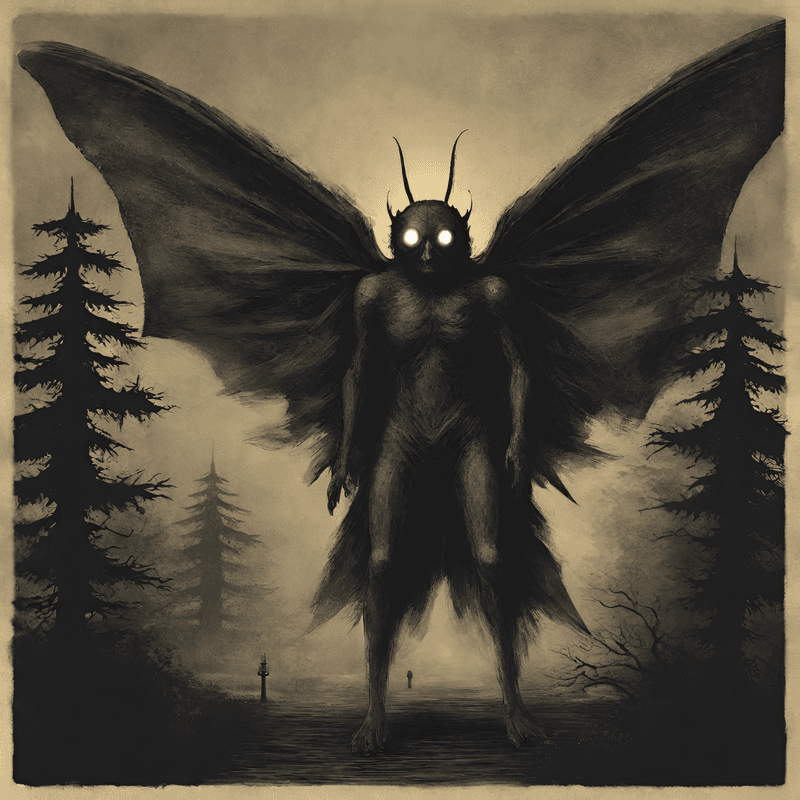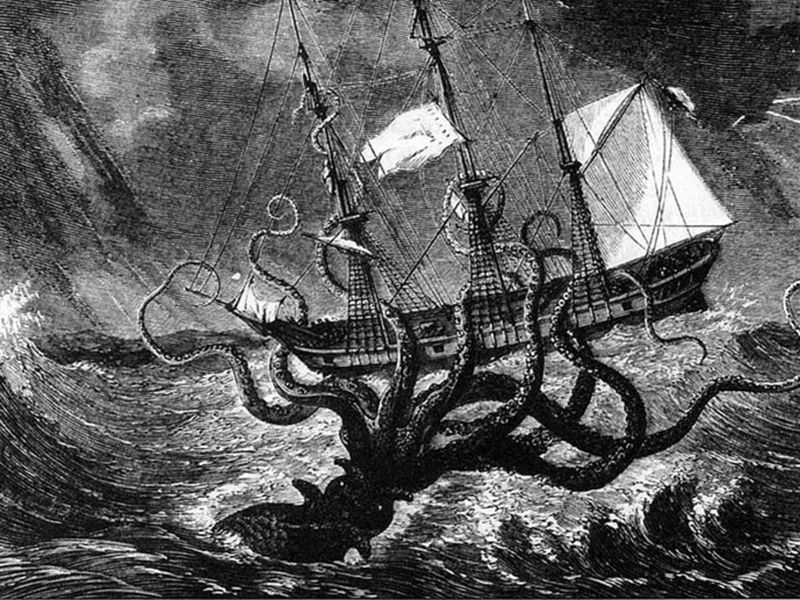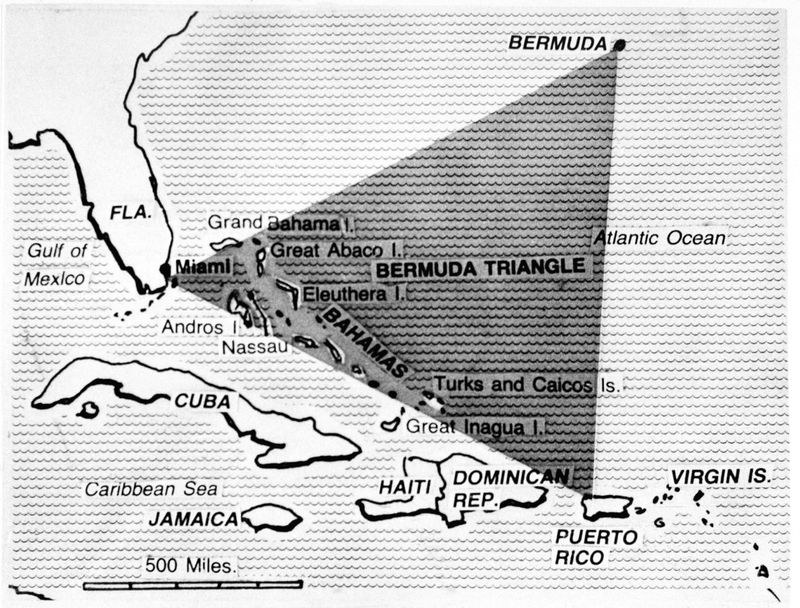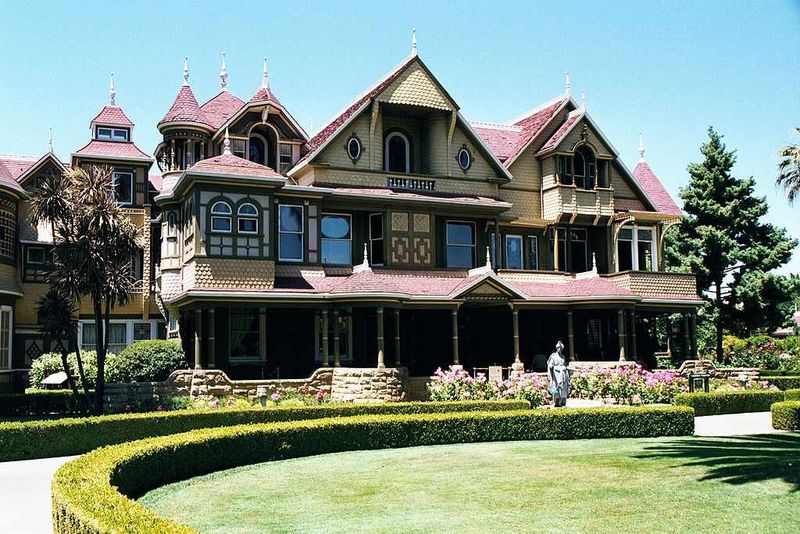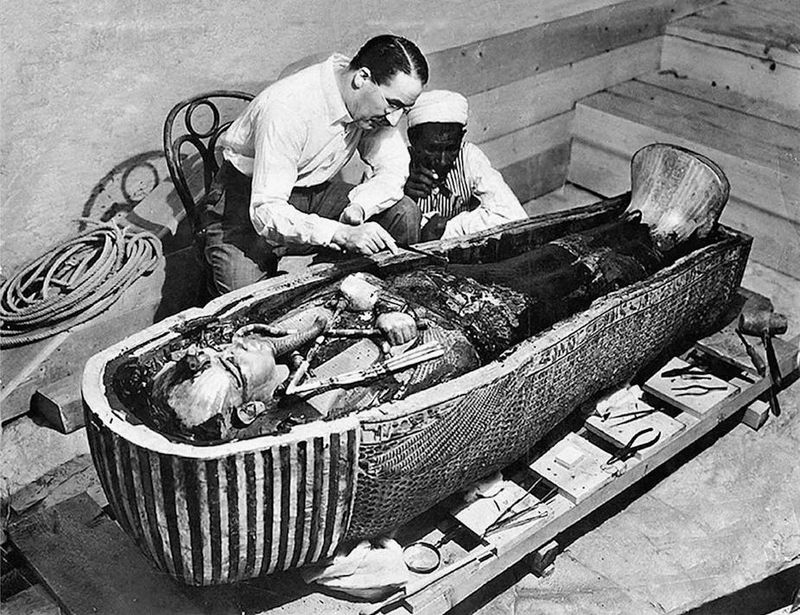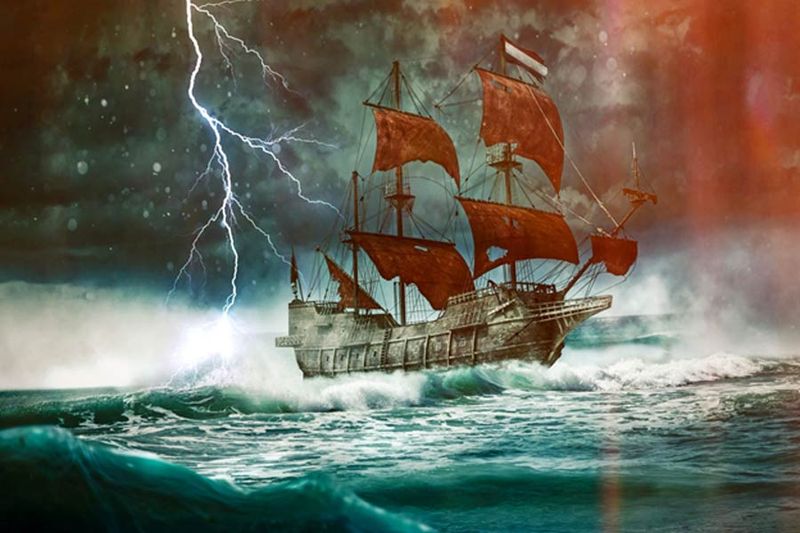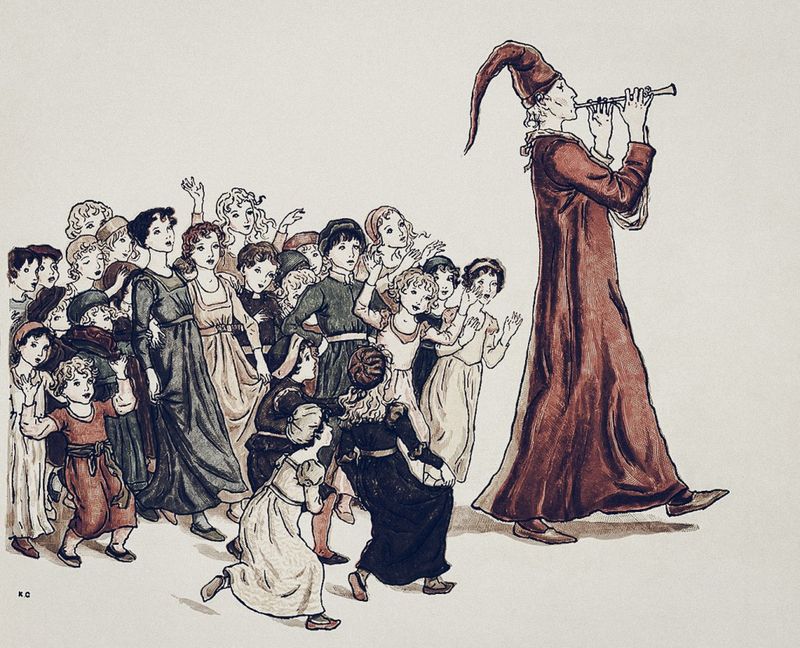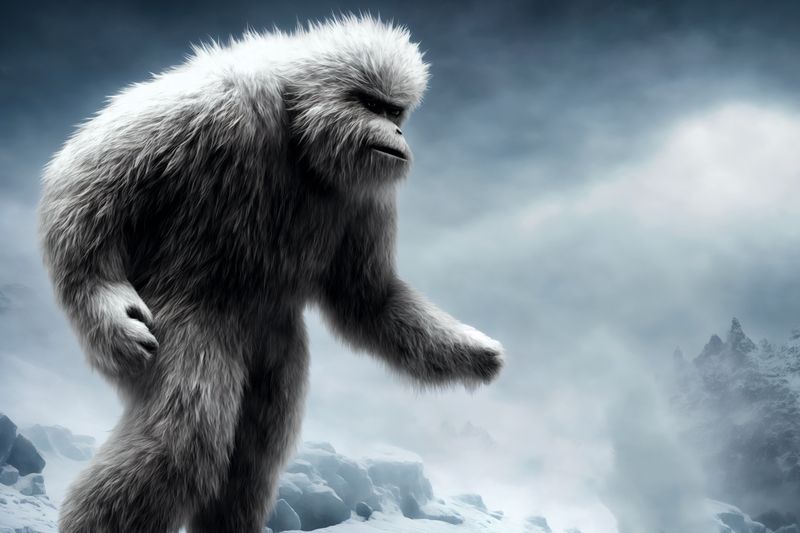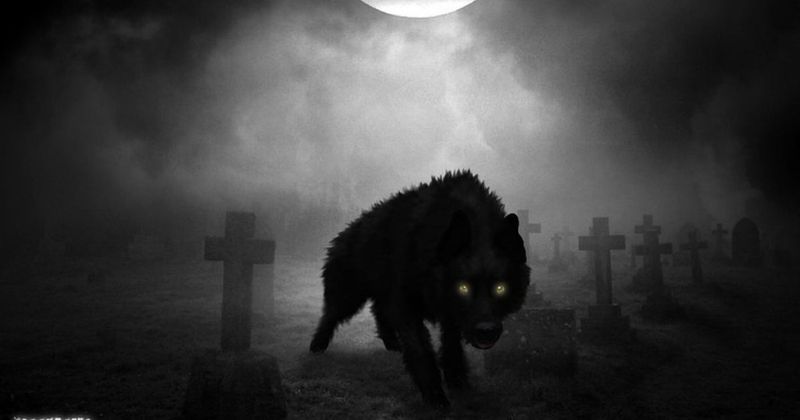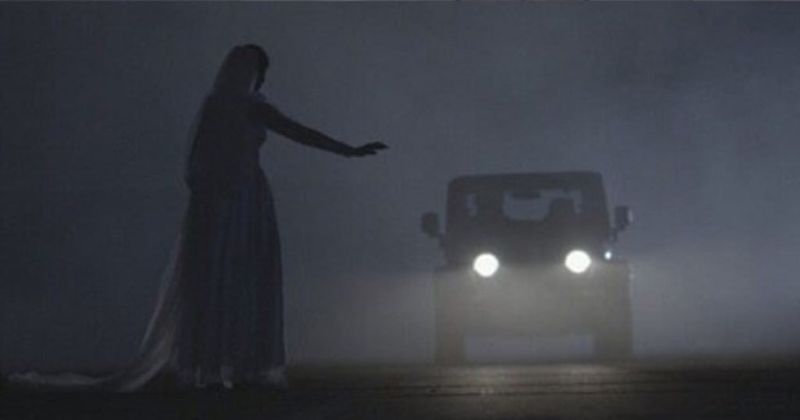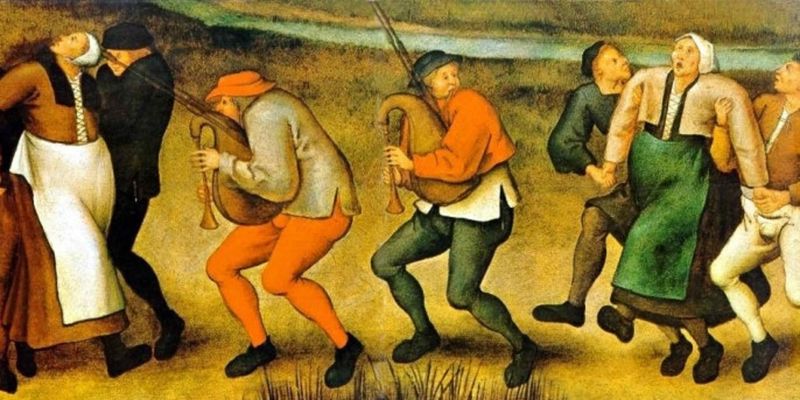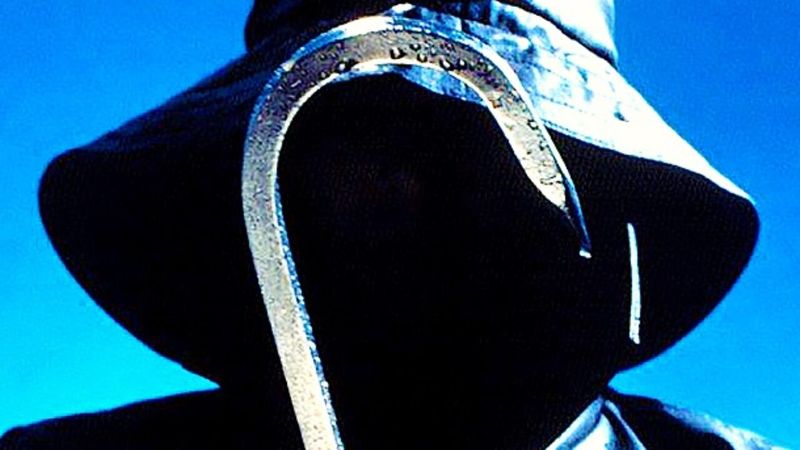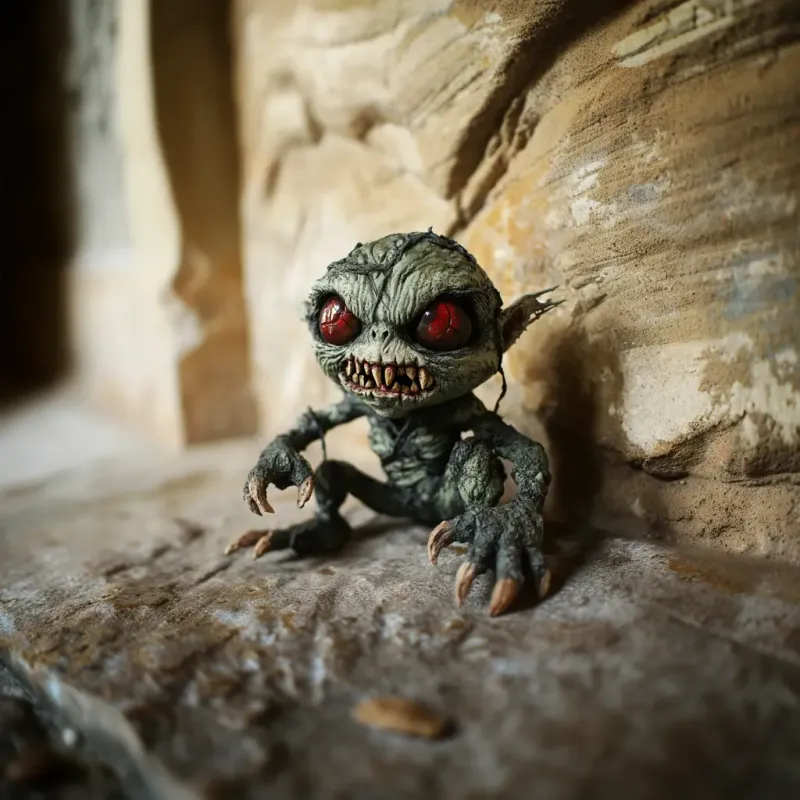Childhood is filled with tales that spark imagination and curiosity, but many of these myths have roots in reality. This blog post explores 20 such myths that, while fantastical on the surface, are grounded in historical events, real creatures, or societal fears.
1. Bloody Mary (The Mirror Summoning Ritual)
As children, many were captivated by the chilling ritual of chanting ‘Bloody Mary’ in front of a mirror. This spine-tingling tale likely draws inspiration from Queen Mary I, infamously known as ‘Bloody Mary’ for her persecution of Protestants. The ritual itself mirrors ancient divination practices where mirrors acted as portals to the spirit world. Folklore suggests that by calling her name, one might glimpse a future lover or, more ominously, a vengeful spirit. This blending of history and superstition has cemented Bloody Mary as a haunting figure in childhood lore.
2. The Boogeyman
With shadows cast across a child’s bedroom, the Boogeyman lurks as a universal symbol of fear. Emerging from medieval ‘Bogey’ spirits, this figure served as a cautionary tale for misbehaving kids. Some believe real-life threats, like historical child-snatchers, may have influenced its creation. Parents wielded the Boogeyman story to ensure compliance, warning of the lurking danger in the dark. The amorphous nature of the Boogeyman allows it to take on various forms, embodying a child’s deepest fears. This blend of folklore and genuine societal fears has made the Boogeyman a timeless myth.
3. The Chupacabra
In the 1990s, reports from Puerto Rico told of a beast, the Chupacabra, draining livestock blood. This grotesque creature, described as part reptile and part dog, terrified locals and sparked global intrigue. Scientists suggested these sightings might be mangy dogs or coyotes, their appearance twisted by loss of fur. Despite logical explanations, the Chupacabra endures in popular lore, a symbol of the unknown lurking in the wild. Its vivid, terrifying image fuels curiosity, blending eyewitness reports and exaggeration into a creature that refuses to fade from legend.
4. The Headless Horseman
The ghostly rider known as the Headless Horseman gallops through our imaginations, rooted in Irish Dullahan folklore. This spectral figure searches endlessly for its missing head. The tale gained popularity through Washington Irving’s ‘The Legend of Sleepy Hollow,’ where a decapitated Hessian soldier haunts the night. Such stories reflect historical fears of decapitation in warfare, blending cultural myths with real events. The Headless Horseman embodies the fear of the unknown and the supernatural, making it a perennial favorite in ghostly storytelling.
5. The Mothman
The Mothman, with glowing red eyes and giant wings, first appeared in West Virginia in 1966. Locals described it as an omen of disaster, its sightings preceding tragic events like the Silver Bridge collapse. Skeptics suggest it was a misidentified sandhill crane or owl, its features exaggerated by fear. Yet, the Mothman’s legend persists, entwining local lore with actual tragic events. This creature symbolizes the intersection of fear, myth, and reality, captivating those who seek to understand the unexplained phenomena of our world.
6. The Kraken
Emerging from oceanic depths, the Kraken’s colossal tentacles have haunted sailors’ dreams for centuries. Descriptions of this sea monster likely stem from sightings of the giant squid, capable of growing over 40 feet long. Scandinavian folklore amplified these tales, painting the Kraken as a terrifying ship-crunching beast. As scientific understanding grew, the mythological Kraken became a symbol of the deep sea’s mysteries. This blend of marine biology and seafaring legend highlights humanity’s eternal fascination with creatures lurking beneath the waves, transforming fear into myth.
7. The Jersey Devil
In the shadowy Pine Barrens of New Jersey, the Jersey Devil purportedly roams, a creature born of a cursed 18th-century birth. Described with bat wings and a horse’s head, it sparked fear and wonder. Explanations range from misidentified animals to a mother’s curse turned folklore. The tale highlights how fear and imagination can animate the unknown. Today, the Jersey Devil symbolizes the mysterious allure of the Pine Barrens, blending history, culture, and the supernatural in a uniquely American legend that continues to captivate the curious.
8. The Bermuda Triangle
The Bermuda Triangle, an enigmatic region in the Atlantic, has been blamed for the mysterious disappearance of ships and planes. While fantastical theories abound, most incidents result from human error, extreme weather, and strong ocean currents. This area, marked by compass malfunctions and strange tales, fuels our imagination about the sea’s unpredictable nature. The legend of the Bermuda Triangle serves as a reminder of the ocean’s vast power and the mysteries it holds, capturing the imagination of those who dare to explore its depths.
9. The Winchester Mystery House
The Winchester Mystery House stands as a testament to Sarah Winchester’s grief and superstition. Following her husband’s death, she began an endless construction project on her San Jose home. Some say she believed it would confuse vengeful spirits of those killed by Winchester rifles. The house’s bizarre architecture, with staircases leading to nowhere, reflects her inner turmoil. This historical oddity merges tragedy with architectural curiosity, creating a unique American ghost story that continues to intrigue visitors with its labyrinthine halls and mysterious origins.
10. The Curse of the Pharaohs
When Howard Carter opened King Tut’s tomb in 1922, tales of a pharaoh’s curse emerged as some involved in the excavation died unexpectedly. While many deaths were due to mold or misfortune, the idea of a curse captivated the public. Ancient Egyptians believed in powerful protection spells for their tombs, feeding the myth. This blend of archaeological discovery and superstition highlights our fascination with ancient cultures’ mysteries. The Curse of the Pharaohs endures as a reminder of the allure of Egypt’s enigmatic past and its potent storytelling legacy.
11. The Flying Dutchman
The Flying Dutchman, a spectral ship doomed to sail the oceans forever, stirs imaginations with tales of maritime misfortune. Originating in the 17th century, the legend speaks of a vessel caught in a storm, never to find safe harbor again. Sailors claimed sightings as omens of bad luck, blending nautical superstition with the harsh realities of sea life. This haunting tale reflects the dangers of the sea and the human desire to understand the unexplainable. The Flying Dutchman remains an enduring symbol of maritime mystery and lore.
12. The Pied Piper of Hamelin
The Pied Piper of Hamelin, with his enchanting music, led children away as retribution for unpaid services. This tale likely stems from a real event in the 13th century, possibly involving disease, migration, or child labor exploitation. Over time, the story evolved into a cautionary tale about broken promises and the power of music. The Pied Piper’s legend endures as a reminder of the consequences of deceit and the historical events that inspired folklore. This narrative continues to resonate, blending history with moral lessons.
13. The Lost City of Atlantis
The legend of Atlantis describes a sophisticated civilization lost to the sea. Plato’s writings about this utopian society have fueled centuries of speculation, possibly inspired by the Minoan eruption on Thera over 3,000 years ago. While historians view it as allegory, the myth persists, driven by our quest for ancient wisdom and lost knowledge. Atlantis symbolizes humanity’s desire to uncover hidden truths and the allure of civilizations that might have shaped our world. This enduring tale continues to captivate, merging myth with historical inquiry.
14. The Yeti (Abominable Snowman)
In the snowy heights of the Himalayas, the Yeti, or Abominable Snowman, prowls as a legendary beast. Described as a large, ape-like creature, sightings are often linked to misidentified bears or rare primates. Sherpa folklore contributes to this enduring myth, blending cultural narratives with unexplained encounters. The Yeti’s story remains a tantalizing blend of folklore and the possibility of undiscovered creatures. This legend captures our imagination, reflecting a world where nature’s mysteries still beckon explorers and storytellers alike to unravel its secrets.
15. The Black Dog Ghost (Hellhound)
The Black Dog Ghost, or Hellhound, prowls British folklore as a harbinger of death. With glowing eyes and spectral presence, these dogs are said to haunt moors and roadsides. Stories likely originated from encounters with rabid dogs or nocturnal hallucinations. This myth serves as a reflection of humanity’s fear of the unknown and the supernatural. The Black Dog’s legend endures, blending cultural storytelling with genuine fears of the wild. This tale continues to capture imaginations, reminding us of the enduring power of folklore in shaping our perception of fear.
16. The Vanishing Hitchhiker
The Vanishing Hitchhiker story, with its ghostly passenger who disappears mid-ride, is a staple of urban legend. Rooted in old folktales, it reflects societal fears and real missing person cases. This enduring myth plays on the notion of life interrupted, blending the supernatural with everyday experiences. The story’s variations across cultures underscore its universal appeal, representing the intersection of the familiar and the unknown. The Vanishing Hitchhiker captivates with its haunting narrative, illustrating the power of storytelling to explore the mysteries of life and death.
17. The Dancing Plague of 1518
In 1518, residents of Strasbourg danced uncontrollably, sometimes to their deaths, in what became known as the Dancing Plague. Historians suggest mass hysteria or ergot poisoning as possible explanations for this bizarre event. This real historical anomaly reflects the power of collective behavior and the mysteries of the human mind. The Dancing Plague captivates with its blend of history and inexplicable human actions, reminding us of the delicate balance between societal influence and individual agency. This event remains a fascinating study in psychological and cultural phenomena.
18. The Hook-Handed Killer
The Hook-Handed Killer, an iconic urban legend, tells of a murderer with a hook who attacks unsuspecting couples. This chilling tale likely stems from real cases of escaped convicts with prosthetics. The story’s enduring appeal lies in its ability to transform real fears into horror fiction. It reflects societal anxieties about safety and the unknown. The Hook-Handed Killer continues to intrigue, a blend of truth and imagination that captures our fascination with the darker aspects of human nature and the stories we tell to make sense of them.
19. The Bunny Man Bridge
The Bunny Man Bridge tale, with its eerie setting and bizarre figure, originates from Virginia folklore. Stories tell of an escaped asylum inmate or local prankster dressed in a bunny suit, haunting the bridge. This urban legend plays on the fear of the unusual and the unknown. The tale reflects local culture and the human inclination to make sense of strange occurrences through stories. Despite its oddity, the Bunny Man legend endures, capturing imaginations with its blend of local color and universal fears of the inexplicable.
20. The Toyol (Undead Baby Spirit)
In Southeast Asian folklore, the Toyol is a reanimated fetus used in black magic to steal valuables. This unsettling myth reflects cultural beliefs about spirits and the afterlife. The Toyol’s image, a small child-like creature, evokes both sympathy and fear. Stories of the Toyol embody the tension between tradition and morality, questioning the ethical boundaries of spiritual practices. This folklore continues to intrigue, offering insight into cultural narratives about life, death, and the supernatural. The Toyol remains a compelling figure in the tapestry of Southeast Asian mythology.
